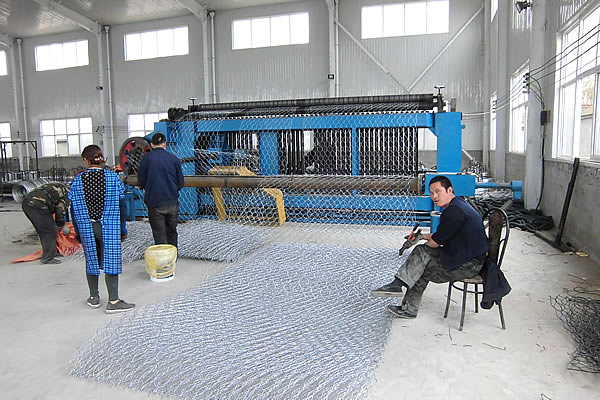 TEL:
+86-13102802206
TEL:
+86-13102802206
 Email:
fencenetting@china.com
Email:
fencenetting@china.com
 Language
Language
 TEL:
+86-13102802206
TEL:
+86-13102802206
 Email:
fencenetting@china.com
Email:
fencenetting@china.com
 Language
Language


The Price of Barbed Wire Fencing An Overview
Barbed wire has become synonymous with security and protection in various settings, from farms to residential properties and industrial areas. The price of barbed wire fencing can fluctuate due to multiple factors, including material costs, market demand, regional differences, and the intended application. In this article, we will explore these factors in detail and provide insight into the average prices associated with barbed wire fencing.
Understanding Barbed Wire
Barbed wire is a type of fencing wire that features sharp edges or points arranged at intervals along the strands. It is primarily used for keeping livestock contained, providing security for properties, and marking boundaries. The design of barbed wire can deter animals and intruders, making it a popular choice among landowners and businesses alike.
Factors Influencing the Price of Barbed Wire Fencing
Several factors can affect the pricing of barbed wire fencing. These include
1. Material Quality The materials used in manufacturing barbed wire play a crucial role in its cost. High-quality galvanized steel wire, which is commonly used for barbed wire, is generally more expensive than lower-quality options. The durability and resistance to rust and corrosion offered by galvanized wires often justify their higher price for long-term use.
2. Wire Gauge The thickness or gauge of the wire also impacts the price. Thicker wires (lower gauge numbers) tend to be more robust and durable, thus costing more than thinner wires. For instance, a 12-gauge wire is often more expensive than a 14-gauge wire because it offers better strength and longevity.

3. Barb Spacing and Design The spacing of the barbs and their design can also influence costs. Standard barbed wire may have two to three barbs per foot, while specialized designs with additional features may carry a premium price tag. Custom-length rolls or specific design needs will typically increase costs as well.
4. Regional Pricing Variations Prices for barbed wire can vary significantly based on geographic location. Factors such as local supply and demand, transportation costs, and regional economic conditions can all play a role. For instance, rural areas where livestock farming is prevalent may see different pricing structures compared to urban centers.
5. Market Demand The demand for barbed wire fencing can fluctuate with changes in agricultural operations, land development, and security needs. In times of increased demand, prices may rise accordingly. Additionally, economic conditions and competition among suppliers can impact how much one pays for barbed wire.
Average Prices for Barbed Wire Fencing
As of the latest data, the price for standard barbed wire typically ranges from $0.10 to $0.50 per foot, depending on the factors mentioned above. For a standard roll of barbed wire that is around 1,320 feet long (or one-third of a mile), costs can be approximately $130 to $660. When considering installation, labor costs can add another layer of expense.
For those looking to install barbed wire fencing, it is crucial to calculate not only the cost of the wire itself but also any posts, gates, and additional materials required for installation. Therefore, a comprehensive budget should factor in all these elements to ensure an accurate estimate.
Conclusion
Barbed wire fencing remains a practical and cost-effective solution for securing properties and containing animals. While prices can vary based on multiple factors, its effectiveness and durability make it a popular choice among various users. Understanding the cost components can help consumers make informed decisions when investing in barbed wire fencing for their needs. As always, shopping around and comparing prices from different suppliers is advisable to find the best deal.